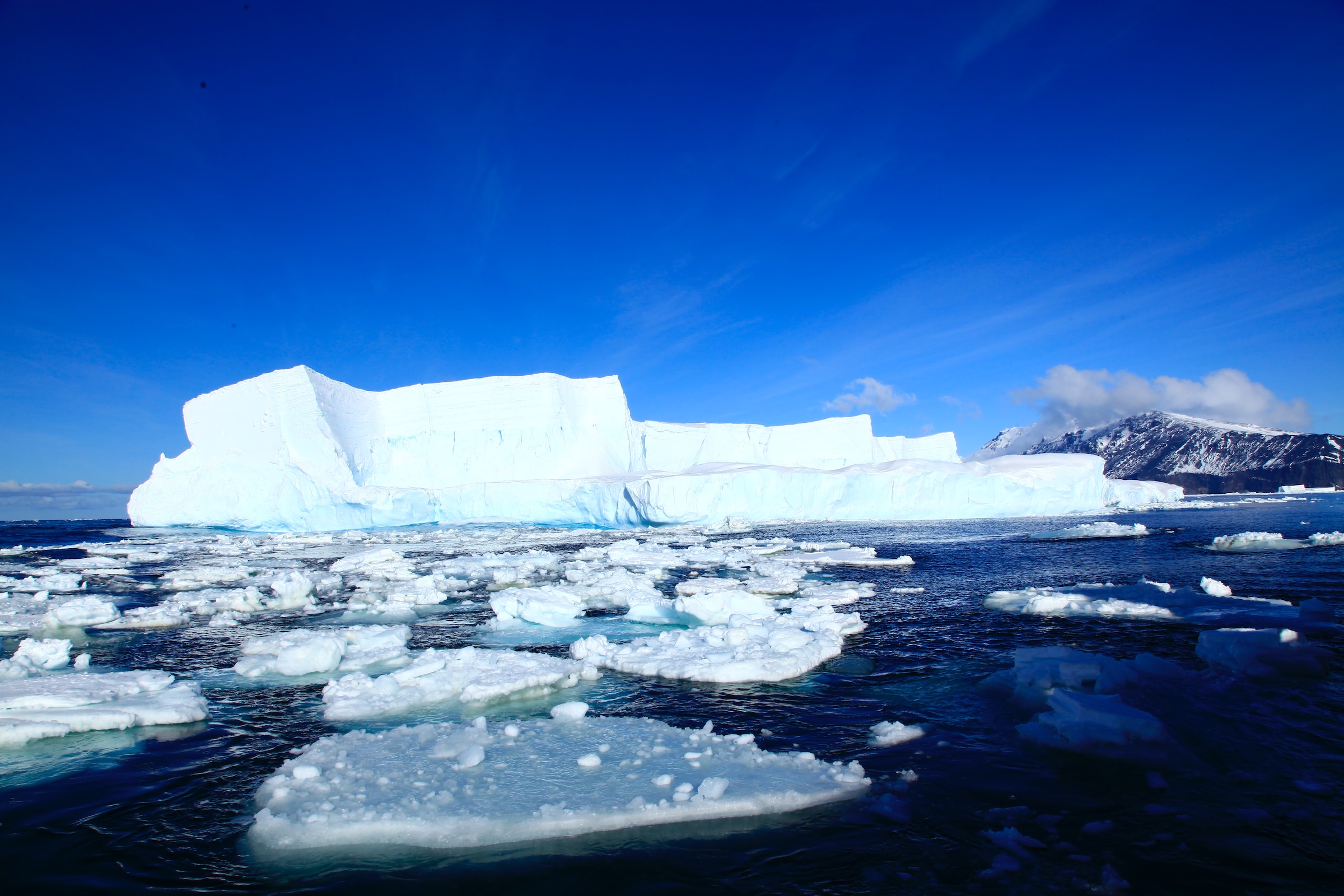The World Meteorological Organization (WMO) recently issued an alert indicating that the world is on the brink of witnessing unparalleled temperature increases in the next five years. This imminent surge in global temperatures can be attributed to the dual forces of escalating greenhouse gas emissions and the expected onset of an El Niño phenomenon.
Breaking Down the Predictions
According to the WMO, there's a staggering 66% chance that the average annual near-surface global temperature from 2023 to 2027 will exceed 1.5°C above pre-industrial levels, if not for the entire duration, at least for one of those years. Furthermore, the next half-decade is projected to be the hottest ever recorded with a 98% likelihood.
However, WMO Secretary-General Prof. Petteri Taalas clarified, “While this report doesn't signify a permanent surpassing of the 1.5°C level outlined in the Paris Agreement, it's an alarm bell signaling the mounting instances where we might breach this limit temporarily.”
El Niño, a naturally-occurring climate event, is forecasted to emerge in the upcoming months. When combined with anthropogenic climate change, this event can amplify global temperatures into unprecedented ranges. Taalas voiced concerns over the broader impacts of these changes, emphasizing potential threats to health, food security, water management, and the environment. “Preparation is essential,” he stressed.
Analyzing the Numbers
A collaborative effort between the WMO and the UK’s Met Office produced the Global Annual to Decadal Climate Update, which painted a comprehensive picture of the impending climatic changes. Key findings include:
- In 2022, global temperatures were approximately 1.15°C above the average of the period 1850-1900.
- Despite the mitigating effects of La Niña in the past three years, its influence is waning, with an El Niño anticipated to follow, further increasing global temperatures by 2024.
- Over the span of 2023 to 2027, annual mean global temperatures are predicted to range from 1.1°C to 1.8°C higher than the baseline period of 1850-1900.
- A staggering 98% chance exists that at least one year in the next five will break the 2016 temperature record, which was marked by a powerful El Niño.
- The Arctic region is experiencing temperatures that are alarmingly higher than average. Over the next five northern hemisphere winters, the temperature anomaly is projected to be threefold the global mean anomaly.

Arctic melting is a global problem
Implications and Actions
The alarming rise in global temperatures has vast implications, from accelerating oceanic heating and acidification to dwindling sea ice and glacier reserves. These shifts result in an escalation of extreme weather events, posing grave threats to human habitats and ecosystems alike.
The Paris Agreement, signed by 196 nations, aims to mitigate these adverse effects by targeting a reduction in global temperature rise to 2°C this century, with a more ambitious goal of limiting it to 1.5°C. According to the Intergovernmental Panel on Climate Change, the risks associated with a 1.5°C increase are already substantial but are significantly mitigated compared to a 2°C increase.
This new report's release is strategically timed, preceding the World Meteorological Congress scheduled from 22 May to 2 June. The congress aims to address the bolstering of weather and climate services to aid in climate change adaptation strategies. High on their agenda are initiatives focused on early warning systems for escalating extreme weather patterns and the establishment of a novel Greenhouse Gas Monitoring Infrastructure to guide climate mitigation.
In conclusion, as Dr. Leon Hermanson, a Met Office expert scientist, succinctly put it: “Global mean temperatures are on an upward trajectory, propelling us into uncharted climatic territories.” This report underscores the urgent need for global collaboration and action in the face of the looming climate crisis.
©GlobalCO2.uk





